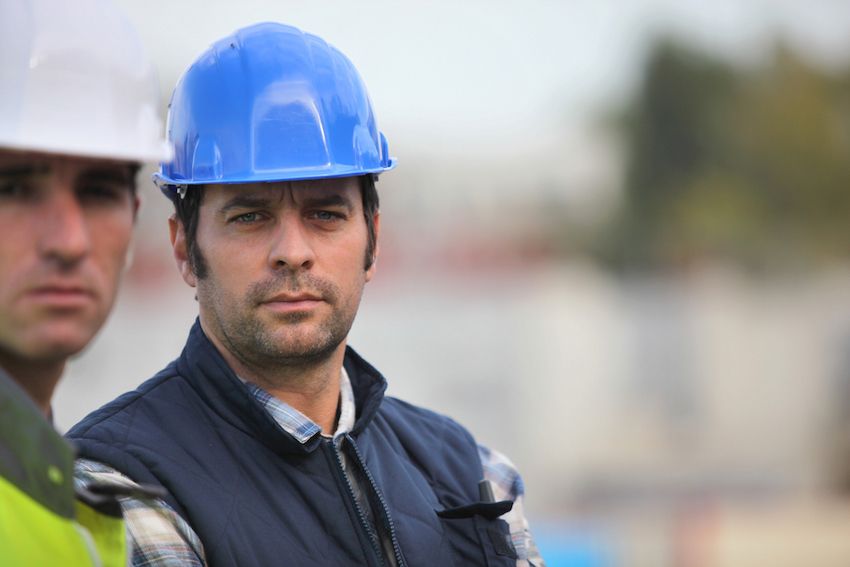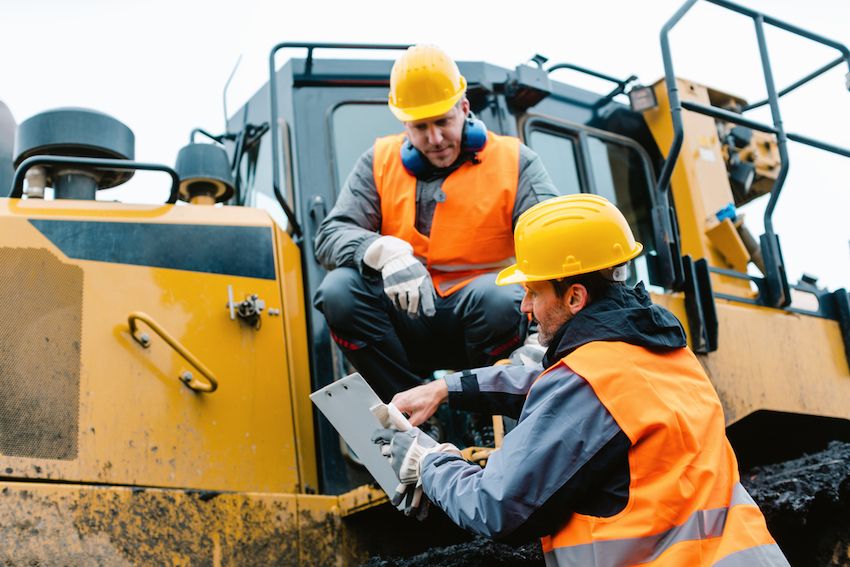The Common Ground Alliance (CGA) has released its 2024 DIRT Report, and the message is clear: while damage prevention has seen some pockets of progress, the overall trendline is still moving in the wrong direction. Damages rose slightly from 2023, marking yet another year where the industry has been unable to bend the curve toward meaningful reductions, let alone meet the 50-in-5 goal!
For organizations on the frontlines - excavators, utilities, locators, and regulators - this is more than just a statistic. It’s a signal that our current strategies are insufficient. And with excavation activity growing, it’s becoming clear that simply trying to drive down the overall number of damages isn’t enough. Resources are stretched thin, and not every damage carries the same risk.
To truly protect people, infrastructure, and communities, we must direct attention to the situations where the consequences are most severe. A risk-centered approach ensures limited resources deliver the greatest impact. Urbint customers are already seeing results - achieving a 37% reduction in overall damages to assets. By focusing on the riskiest situations, they not only drive down high-consequence incidents but also keep pace with the 50-in-5 goal. Their experience proves that a risk-centered approach delivers meaningful reductions across the board.
Damages Are Rising, But Patterns Persist
In 2024, the industry recorded nearly 197,000 unique damages, continuing an upward trajectory from 2023. Telecommunications facilities accounted for almost half (49%) of all incidents, with natural gas following closely at 39%. Water/sewer work overtook telecom and cable TV as the leading type of work involved in damages, responsible for nearly a quarter of the total.
What’s striking isn’t just the increase in numbers - it’s the remarkable consistency of the top root causes, which accounted for 85% of all damages. These are not new problems; they’re entrenched issues spanning notification failures, locating practices, and excavation practices. In other words, damage prevention is stuck on repeat.
Excavators Are Facing Delays and Uncertainty
Perhaps the most troubling finding is the unpredictability of locate delivery. Excavators had a 38% chance of being unable to start work on time due to incomplete responses to 811 requests. This challenge largely stems from contract locators being stretched beyond capacity - too few personnel tasked with handling oversized and complex locate requests. Inconsistent performance erodes confidence in the system, and when the public doubts that 811 will deliver, many choose not to notify at all. The result is a vicious cycle: fewer notifications, more unmanaged excavation, and greater exposure to damages. For contractors, that unpredictability drives schedule delays, cost overruns, and heightened safety risks; even when crews follow the rules.
Breaking that cycle requires smarter allocation of limited resources. Urbint helps utilities focus efforts where the risks are greatest, ensuring more timely, accurate locates and restoring trust in the 811 system.
Not All Damages Are Created Equal
A critical takeaway from the report is that damages are not uniform in their impact. A nicked telecom line in a residential neighborhood may cause inconvenience, but a strike on a high-pressure natural gas line can have catastrophic consequences.
CGA’s data shows that utility work itself dominates nine of the top ten root causes, with water/sewer and telecom especially prominent. The other leading cause is failure to notify. As Benjamin Dierker noted in How to Halve Excavation Damages in Five Years, “many excavators fully acknowledge the requirement to notify 811, but do not believe their ticket will be done quickly, efficiently, or accurately enough and take the risk of excavating anyway.” In other words, the issue is less about awareness and more about confidence in the response.
For utilities, that creates both responsibility and opportunity. Prevention efforts can’t be spread evenly across all digs - they must be prioritized. The key is making smarter decisions about which low-risk digs can safely move forward without support, and which high-risk sites require a crew on the ground. Urbint gives utilities the intelligence to make those calls, focusing resources where the consequences of failure are most severe.
CGA’s data shows that utility work drives most damages, with water/sewer and telecom often among the top root causes. Still, the important insight isn’t simply that certain sectors are overrepresented; it’s that risk varies significantly within them. Not every telecom or water/sewer project carries the same likelihood of damage. Understanding the conditions, locations, and project types where risk is concentrated is what makes prevention efforts more effective.
A Risk-Centered Path Forward
As excavation volume continues to rise alongside construction demand, stakeholders can’t afford to spread resources evenly. The DIRT Report underscores the need for smarter targeting:
- Focus on the riskiest sectors: Although water/sewer and telecom represent the highest risk work, solely dedicating resources to these jobs won't solve the problem
- Enforce consistency across stakeholders: The states and 811 centers with stronger enforcement programs show that accountability drives better outcomes.
- Scale proven practices: DPI peer reviews prove that organizations with structured training, strong client relationships, and formal prevention protocols achieve lower damage rates. These need to be replicated widely.
- Invest in predictive insights: Risk modeling can help utilities and excavators anticipate where damages are most likely, allowing limited crews and compliance resources to be directed where they will prevent the most harm.
The Bottom Line
The 2024 DIRT Report makes one thing clear: voluntary adoption of best practices isn’t enough. If the industry wants to break through this plateau, we need enforceable standards, sector-specific strategies, and smarter use of data.
With excavation activity on the rise and damages continuing to climb, the question is no longer whether you have resources - it’s whether you’re sending them to the right place. A risk-centered approach isn’t just smart; it’s necessary for safety, reliability, and the future of our infrastructure.

